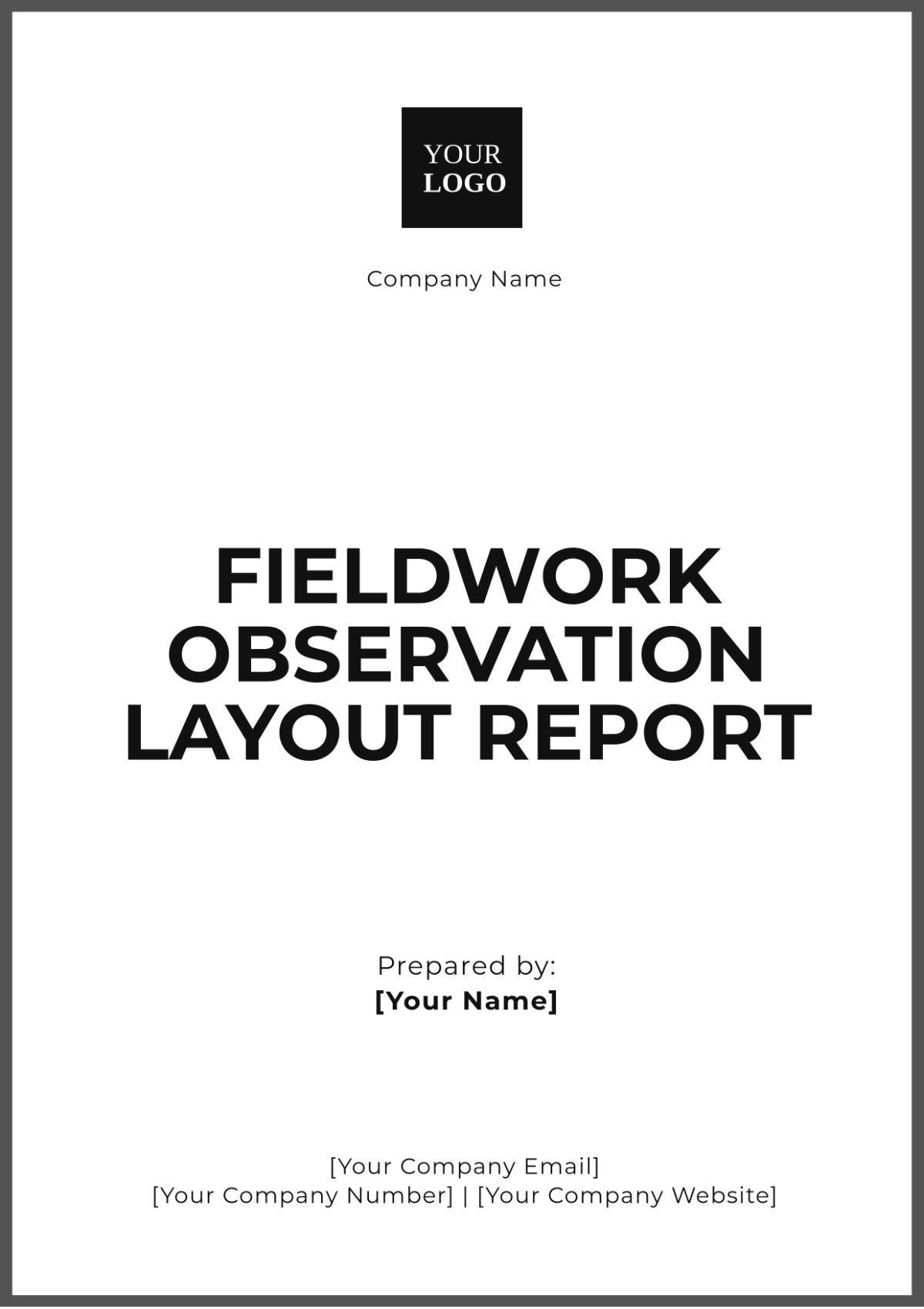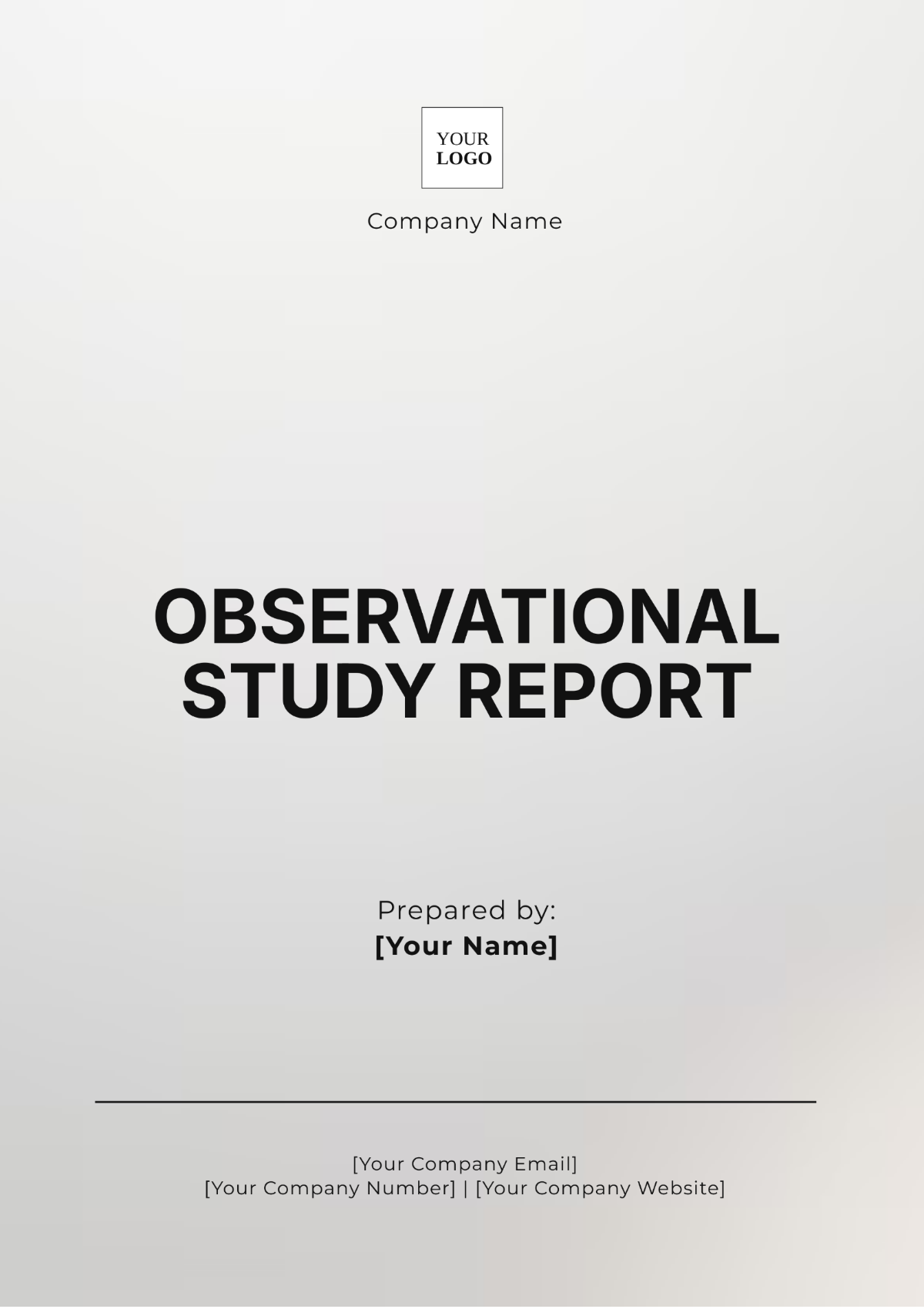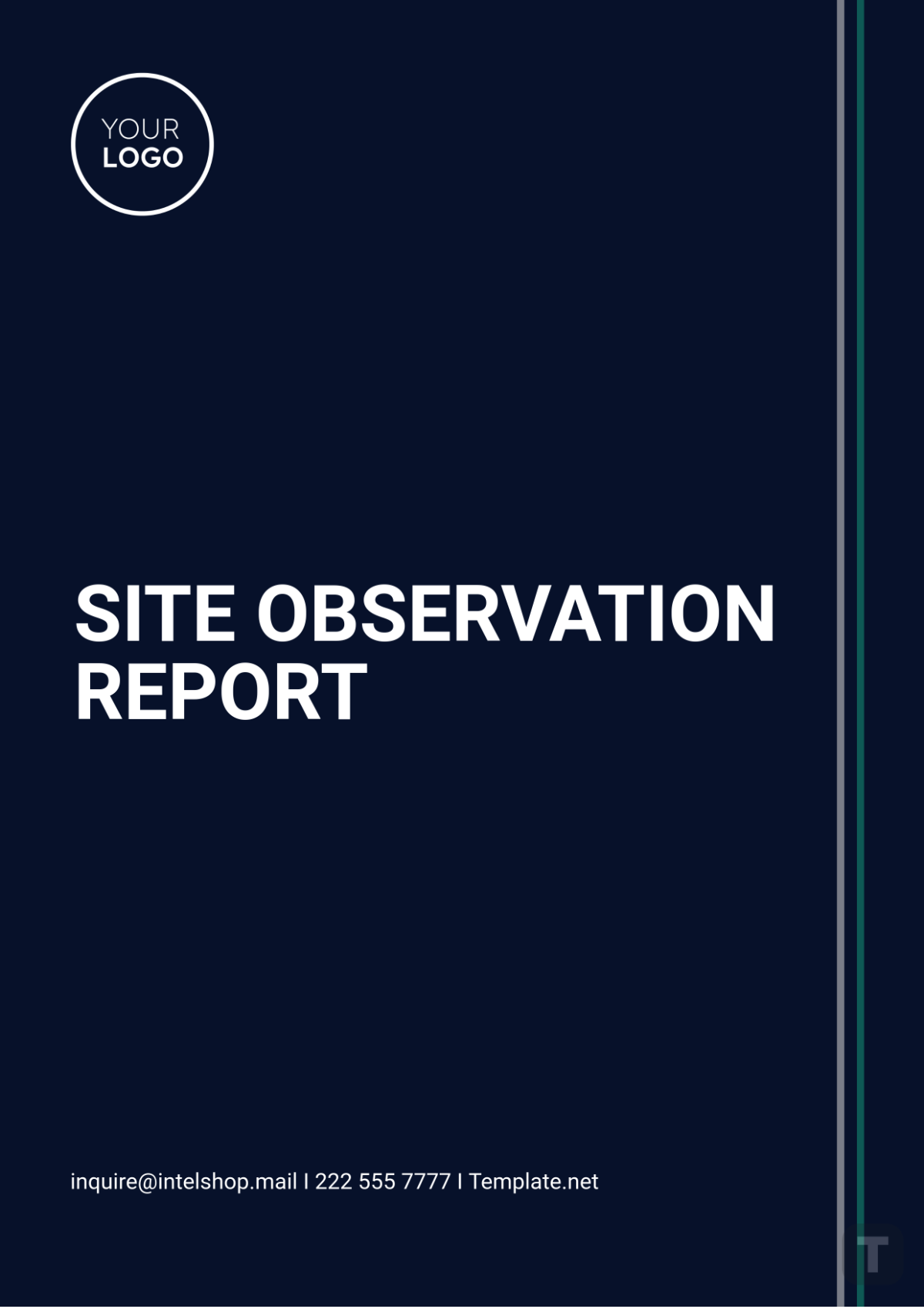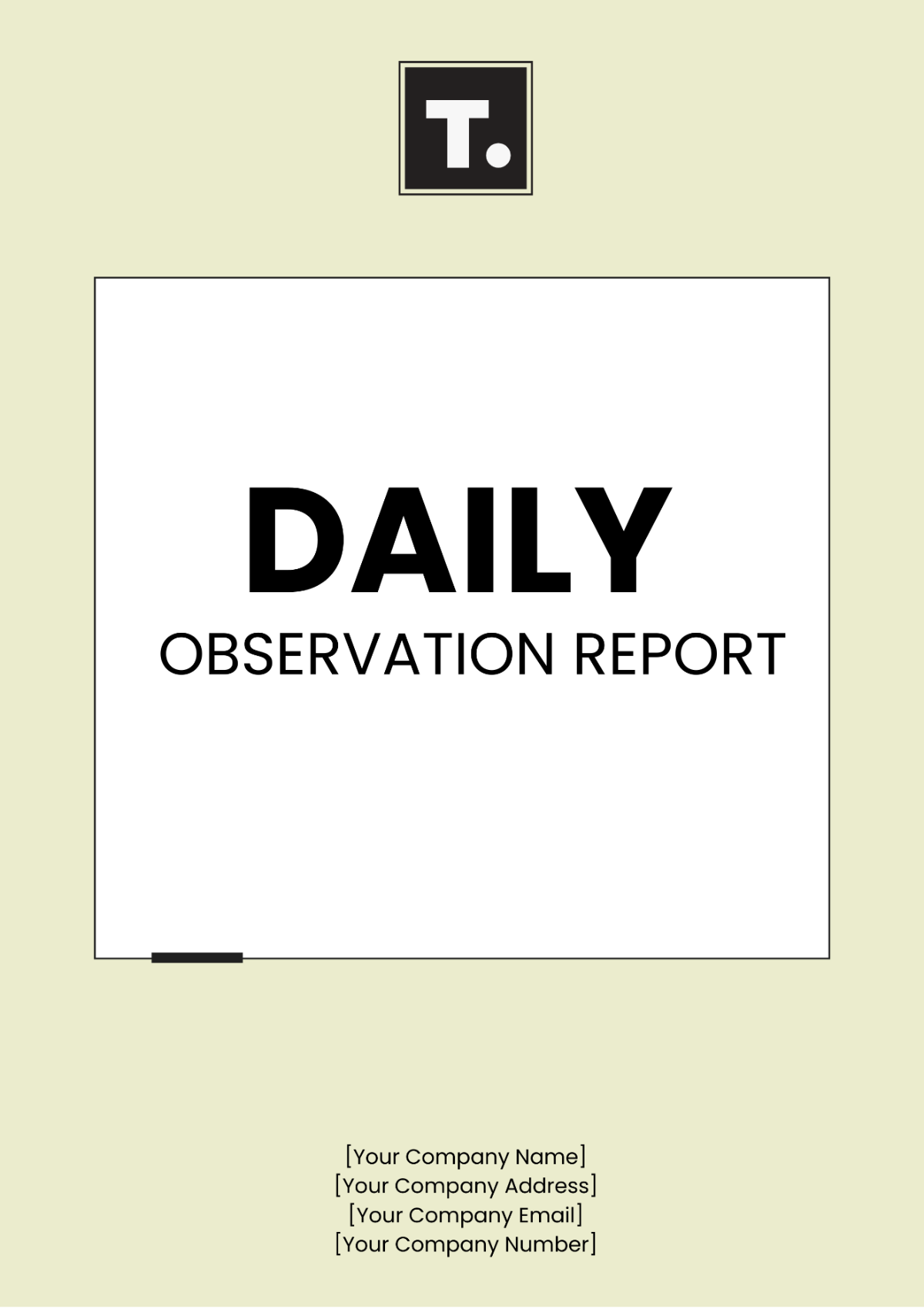Observational Study Report
Principal Investigator: [Your Name]
Affiliation: [Your Company Name]
Date: [Date]
Introduction
This Observational Study Report provides a comprehensive analysis of consumer behavior in a retail setting. The study aims to understand how customers interact with store displays, their purchasing patterns, and their overall shopping experience. The data was collected through systematic observation of shoppers in a major retail store without any manipulation of variables. The findings are intended to offer insights into customer behavior that can inform marketing strategies and store layouts.
Methodology
Study Design
The observational study was conducted over four weeks at a retail store located in a major shopping district. Observations were made during peak shopping hours to ensure a representative sample of customer behavior.
Data Collection Methods
Data was collected using unobtrusive observation techniques. Observers recorded customer interactions with different store displays, the duration of their visits, and their purchasing decisions. Specific attention was given to:
Store Entrance: How customers entered the store and their initial reactions to displays.
Store Navigation: Pathways taken through the store and time spent in various sections.
Purchase Behavior: Items selected for purchase and frequency of purchase decisions.
Analysis Techniques
The collected data was analyzed using qualitative methods to identify patterns and trends. Observations were coded into categories, and statistical analysis was applied to quantify behaviors such as time spent in-store and purchase frequency.
Results
Observational Data Summary
The following table summarizes the key observations recorded during the study:
Observation Category | Description | Frequency | Average Duration |
|---|---|---|---|
Store Entrance | Number of customers entering the store | 1,200 | N/A |
Initial Reactions | Customer responses to store displays | Positive: 60% Neutral: 30% Negative: 10% | N/A |
Store Navigation | Common pathways taken through the store | Main Aisles: 70% Side Aisles: 20% Checkout: 10% | 12 minutes |
Purchase Behavior | Items selected and purchased | High-Traffic Items: 50% Low-Traffic Items: 25% | 3 items per customer |
Key Observations
Initial Reactions: The majority of customers responded positively to prominent displays near the store entrance. Displays featuring seasonal promotions and new products attracted the most attention.
Store Navigation: Customers predominantly navigated through main aisles, spending more time in sections featuring high-traffic items such as electronics and apparel.
Purchase Behavior: High-traffic items, such as electronics and clothing, were purchased more frequently compared to lower-traffic items. On average, customers selected three items per visit.
Discussion
Interpretation of Results
The observations suggest that store displays near the entrance significantly impact initial customer impressions and engagement. The positive reactions to these displays likely contribute to increased time spent in-store and a higher likelihood of purchase.
Customers' preference for navigating main aisles highlights the importance of placing high-demand products in these areas to maximize visibility and sales. The observed frequency of purchases related to high-traffic items suggests that strategic placement and promotion of these products could enhance overall sales performance.
Implications for Retail Strategy
The findings indicate that retail stores should:
Enhance Entrance Displays: Use eye-catching displays near the entrance to attract and engage customers.
Optimize Store Layout: Position high-traffic items along main aisles to ensure maximum visibility and accessibility.
Monitor Purchase Patterns: Continuously observe and adjust store layouts based on customer behavior to align with purchasing trends.
Conclusion
The observational study provides valuable insights into consumer behavior in a retail environment. By understanding how customers interact with store displays and navigate through the store, retailers can make informed decisions to enhance the shopping experience and improve sales outcomes. Future studies could further explore customer preferences in different store settings and during various times of the year to build on these findings.
References
Smith, J. (2053). Retail Store Design and Customer Experience. Retail Journal.
Johnson, L., & Lee, A. (2052). Consumer Behavior Analysis. Market Research Quarterly.





